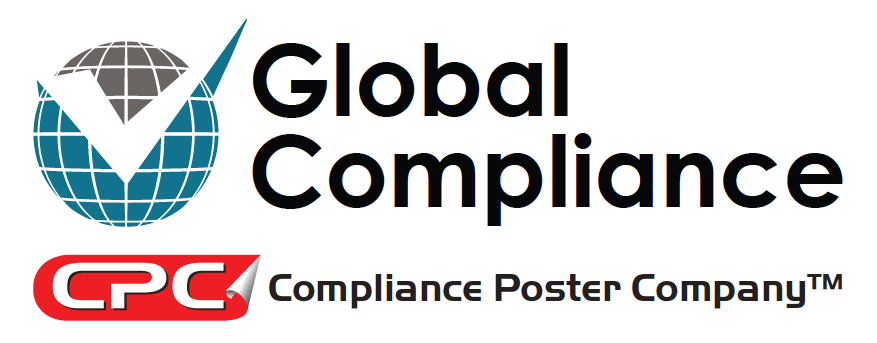 Both new parents and newborns experience immediate and long-term benefits given adequate time to develop a strong bond from the outset of the relationship, yet many parents are forced to choose between the bonding experience and a paycheck. Lawmakers are attempting to change that dilemma. Momentum is gaining for a national law that would provide paid family leave to new mothers and fathers. In Congress, both Democrats and Republicans have sponsored several legislative proposals that would create a paid leave benefit that employees could use to recover from childbirth, to bond with or to care for a newborn or newly adopted child. Remarkably, President Trump is also on board for a plan that would give new parents a period of paid leave to bond with a new child.
Both new parents and newborns experience immediate and long-term benefits given adequate time to develop a strong bond from the outset of the relationship, yet many parents are forced to choose between the bonding experience and a paycheck. Lawmakers are attempting to change that dilemma. Momentum is gaining for a national law that would provide paid family leave to new mothers and fathers. In Congress, both Democrats and Republicans have sponsored several legislative proposals that would create a paid leave benefit that employees could use to recover from childbirth, to bond with or to care for a newborn or newly adopted child. Remarkably, President Trump is also on board for a plan that would give new parents a period of paid leave to bond with a new child.
The bipartisan interest in paid leave for new parents is encouraging. Although the Family and Medical Leave Act (FMLA) provides eligible workers with up to 12 weeks of unpaid, job-protected leave that can be used to bond with a new child, most parents do not take the full extent of the leave because they cannot afford to. Forty percent of workers are not eligible for FMLA leave. No federal law requires private-sector employers to provide paid leave and only 15% of employers voluntarily offer paid leave to new-parent employees.
Benefits of Protecting the Bonding Experience
Certainly, paid parental leave is an attractive proposition. Studies show that paid parental leave:
- Keeps women in the workforce and off public assistance
- Reduces turnover and absenteeism
- Improves employee morale and productivity
- Promotes breastfeeding which means healthier babies
- Improves child development which increases opportunity for long-term success
- Strengthens positive psychological effects on new mothers
- Increases paternal childcare participation
Proposed Federal Legislation
Apart from garnering sufficient support for a paid leave program, the real challenge has been figuring a way to subsidize leave benefits. Federal lawmakers have come up with some creative funding ideas. The following highlights some of the bills currently under consideration, including some resurrected proposals that did not succeed previously.
- The Child Rearing and Development Leave Empowerment Act (“CRADLE Act”) – The act would permit new parents to take from one to three months of paid leave from work after the birth or adoption of a child. Employees would use some of their Social Security benefits presently and delay their retirement benefits by double the duration of the leave. For example, an employee who takes one month of paid leave after having a new baby delays her retirement benefits by two months; if the employee takes two months of paid leave, she delays retirement benefits by four months.
- New Parents Act (SB 920) – The act would give parents the option of using their Social Security benefits to take a paid leave of one, two or three months to nurture a new child by birth or adoption. In exchange for receiving the paid parental leave benefit, employees taking leave would either delay their Social Security retirement age by several months or get a reduction in their monthly Social Security benefits for the first five years of retirement. A companion bill (HB 1940) has been filed in the House.
- FAMILY Act (HR 1185/SB 463) – The act would give employees up to 12 weeks of leave with partial income while they take time to bond or care for a newborn or newly adopted child, to care for a family member with a serious health condition or for their own serious health condition. Leave would be funded by employee and employer payroll contributions, no more than $2 a week for a typical worker. Employees would earn up to 66% of their monthly wages. The law would apply to all employers regardless of size.
- Healthy Families Act (HB 1784/SB 840) – Although not branded as a parental leave plan, this act merits mention here. The act would allow an employee to take up to seven sick leave days per year which could be used to care for the employee’s child. The leave could also be used for the employee’s own medical condition, to care for a sick family member or to seek assistance related to domestic violence, stalking, or sexual assault. The proposed leave would be paid if the employee works for an employer with 15 or more employees and unpaid if the employee works for an employer with 14 or fewer employees.
Statewide Paid Parental Leave Standards
While federal lawmakers consider paid parental leave plans, states continue to make headway in creating paid family leave programs for new parents. This year, nearly two dozen states will consider paid family leave plans that would cover leave to care for a new child. Already, five states — California, New Jersey, Rhode Island, New York, Washington and Massachusetts — and the District of Columbia have paid family leave programs funded through employer and/or employee payroll contributions. Whatever becomes of the federal proposals, employers should stay attuned to the possibility of state-level paid parental leave rights in their locations.
|
|

